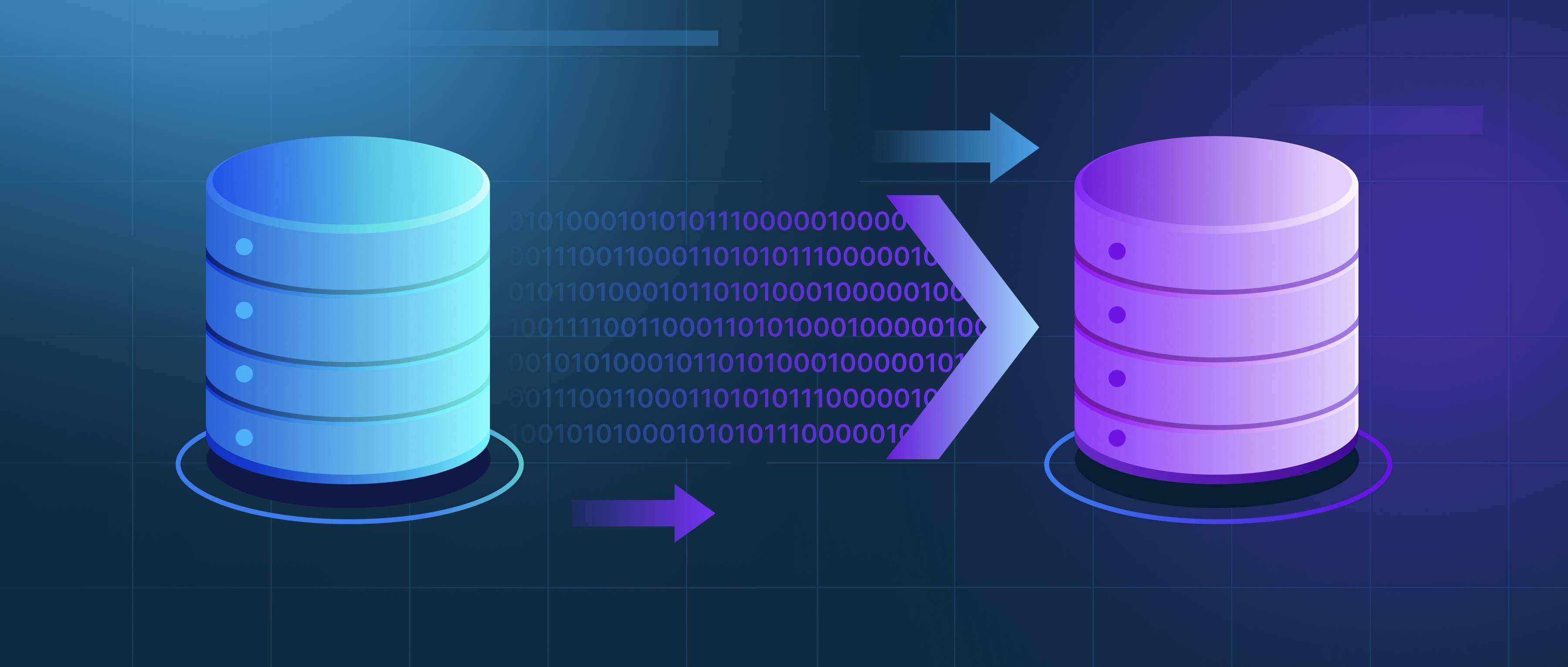Random flipping is a common technique used in data augmentation to enhance the diversity of training datasets for machine learning models, particularly in computer vision. This process involves randomly flipping images horizontally or vertically during training. By doing this, the model learns to recognize objects from different perspectives and orientations, which helps improve its generalization ability on unseen data. For instance, if an image of a cat is flipped, the model can still identify it as a cat, regardless of whether it appears in its original or mirrored form.
One of the key benefits of random flipping is its ability to simulate real-world conditions. Objects can appear in various orientations depending on how they are photographed or viewed. For example, a person standing on the left in one image may appear on the right in another. By incorporating random flips, developers can create a more robust training set that reflects these variations, thereby reducing the model's likelihood of overfitting to a specific orientation of objects during training.
In practice, implementing random flipping is straightforward. In popular deep learning frameworks like TensorFlow or PyTorch, there are built-in functions for augmenting images. For example, using libraries such as torchvision.transforms in PyTorch, a developer can easily apply a random horizontal flip with just a few lines of code. This can be combined with other augmentation techniques like rotation, cropping, or color adjustments to further enhance the dataset, leading to improved model performance and reliability during inference.
